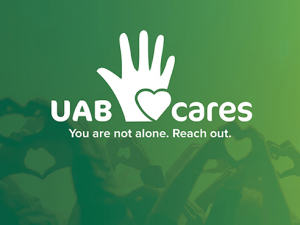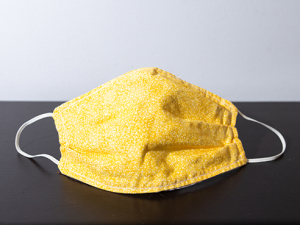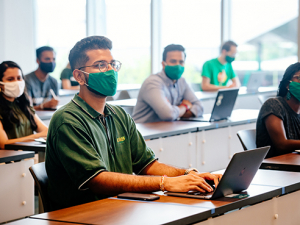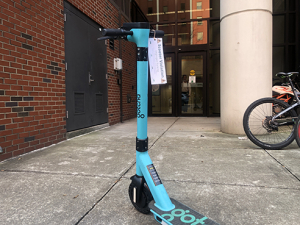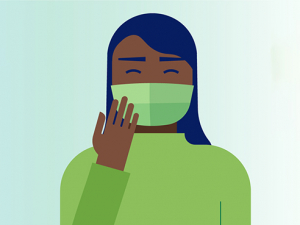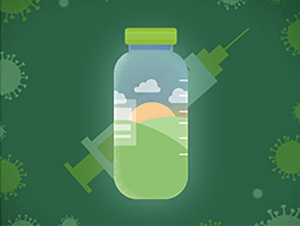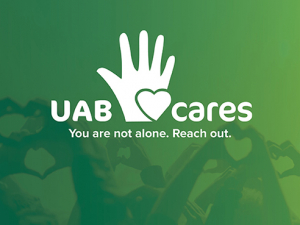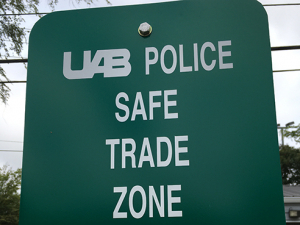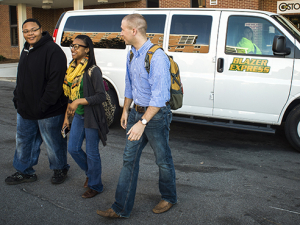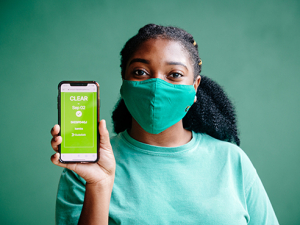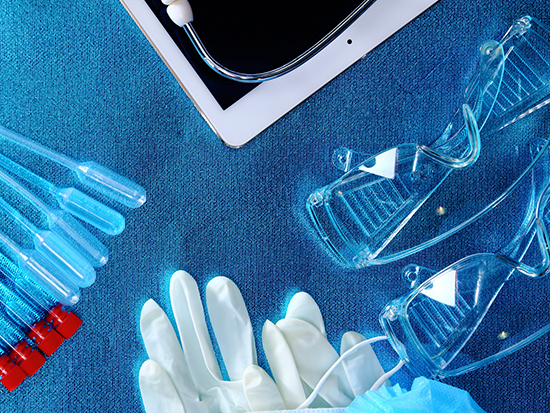 UAB Environmental Health and Safety serves a key purpose: to keep employees safe by providing services and knowledge needed to protect themselves, the UAB community and the environment — all while ensuring compliance with occupational and environmental rules and regulations with no disruptions to teaching, research and patient care.
UAB Environmental Health and Safety serves a key purpose: to keep employees safe by providing services and knowledge needed to protect themselves, the UAB community and the environment — all while ensuring compliance with occupational and environmental rules and regulations with no disruptions to teaching, research and patient care.
“Our team of EHS professionals are committed to ensuring our faculty, staff, students and visitors have a safe place to work, live, learn, discover and thrive,” said EHS Executive Director Lee Stone, who joined UAB in March 2023. “We have an incredible team with the knowledge, skills and experience needed to navigate the ever-changing regulatory landscape and to recognize and mitigate the potential hazards that could impact the health and safety of the UAB community and the environment in which we live.”
Ensuring safe research practices
EHS works with scientists and investigators across campus to guarantee UAB’s research functions are performed safely and effectively. The department provides training on lab and chemical safety — including the safe management of materials and exposure-control strategies — requiring lab registrations, running lab audits, conducting protocol reviews coordinated alongside UAB Research, and offering consulting for all lab personnel.
Meet the new head of Environmental Health and Safety
Lee Stone, who joined UAB in March 2023, has more than 35 years of laboratory and research safety experience. He came to UAB from Indiana University, where he served in many safety leadership roles, most recently as university director of Research Safety.
“I’m excited to pair my experience in laboratory and research safety with the experience of the team members already on the ground to grow the culture of safety on campus,” Stone said.
“Lee will lead the way in creating a strong culture of safety on our campus, in our laboratories and in UAB’s health care facilities,” said Greg Parsons, associate vice president and chief facilities officer.
Jolene King, assistant vice president of Facilities Administration and Environmental Health and Safety, says she is grateful for Stone’s leadership in bringing the relevant safety groups together.
“We have several safety-focused departments on our campus, and Lee is helping us create streamlined communication channels between them,” King said. “By working together, these groups will ensure the safest experience for our faculty, staff, students and visitors.”
The national search was chaired by Tony Caminiti, director of Facilities Operations, and a six-member search committee representing university and EHS staff, in partnership with executive search firm LeadExec.
The department also spearheads UAB’s radiation safety protocols, which involve monitoring systems for both individual researchers and patients, plus calibration of radiation survey equipment, such as Geiger counters. EHS’ biosafety program works to ensure the safe use of biological agents on campus, providing guidance on handling, shipping, storage and disposal, plus training for personnel on compliance and regular risk assessments and inspections.
“We partner with our research community to create a culture of safety, ensuring our research is conducted safely in accordance with regulatory requirements and institutional guidelines,” Stone said. “We believe that research safety is an essential component of scientific discovery.”
Providing safety on campus and in patient care
Through its environmental management work, EHS manages UAB’s fire and life safety through training, surveying for hazards and monitoring egress routes. They also manage the campus’s waste management, air emissions, and water and wastewater facilities. The department also monitors UAB’s industrial hygiene, which includes monitoring the air quality inside campus buildings, mold and asbestos reviews, and testing for chemical levels via air monitoring. And in campus research and teaching labs, EHS maintains certifications for all fume hoods and biosafety cabinets, plus coordinates any needed hazardous waste management.
As UAB’s campus continues to grow, EHS plays a vital role in ensuring construction sites and surrounding areas are safe for workers and civilians. Want to learn more? Here are six things to expect when UAB demolishes a building.
“You will find our EHS professionals in our hospitals and patient care facilities working with our clinical partners to ensure UAB is consistently among the nation’s safest and most prestigious health care systems in America,” Stone said.
One of EHS’ most critical roles is its work in conjunction with The Joint Commission, which enables and empowers health care organizations around the world to build a foundation for quality care and patient safety.
Cross-campus collaborations
EHS collaborates with units across campus on various safety initiatives, including serving on the various committees involved in ensuring the safety of the UAB community.
“Our department strives to create a safety culture at UAB where the members of our UAB family feel comfortable raising concerns about possible risks or hazards,” Stone said. “This culture gives us opportunity to work proactively together to mitigate these risks or hazards. We desire to make the culture at UAB one where we are all part of a large family that looks out for each other’s health and safety.”
Want to maximize your environmental health and safety knowledge? Visit uab.edu/ehs/training to see a comprehensive list of available trainings through the UAB Learning System.
Here are a few available trainings that Blazers might find useful:
- Building Life Safety — Are you a building administrator and/or department head, or one of their designees? This course is designed to help you recognize and comply with Life Safety Code requirements in the operation of buildings/departments.
- Defensive Driving — Do you operate a UAB vehicle as part of your regular duties? This training is required before you get behind the wheel the first time. Looking for Golf/Utility Cart Operation training? EHS also requires completion for use of those vehicles.
- Biosafety Cabinets and Fume Hoods — Learn the types of ventilation equipment, their uses, restrictions and protections, and how to protect the user’s health and safety.
- Chemical Safety — Required every two years for personnel who handle harmful chemicals as part of their role at UAB, this course explores potentially hazardous chemicals in various areas of research and patient care and how to minimize exposure.
EHS and Employee Health — what’s the difference?
Though the two units often collaborate in their institutional missions — such as during flu vaccination season, on TB testing and respirator fit testing — EHS and Employee Health are separate units. Employee Health promotes well-being, helps prevent illness, and provides occupational health services for campus and medical staff — all with a focus on whole-body wellness. EHS conducts learning activities that enhance employees’ professional and academic lives and supports the welfare of our community through public health leadership and expertise. Visit uab.edu/employee-health to learn more.


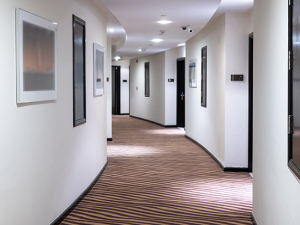
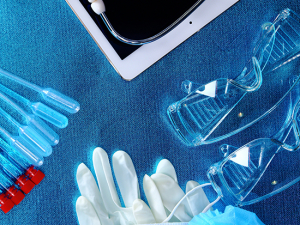
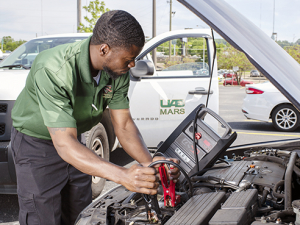
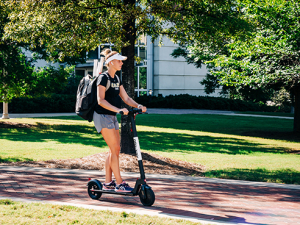
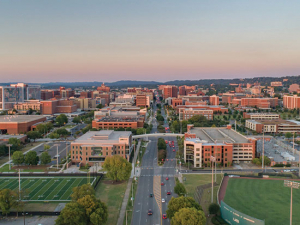
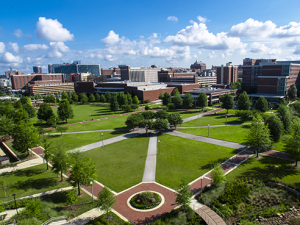
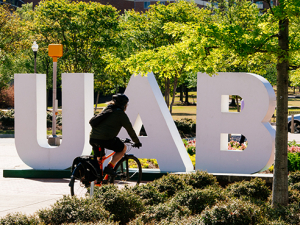






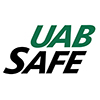 UAB is committed to fostering a safe and inclusive environment for all Blazers. From mobile apps to bus escort services to B-Alerts and more, make sure you’re up to date on all the ways to stay safer on campus.
UAB is committed to fostering a safe and inclusive environment for all Blazers. From mobile apps to bus escort services to B-Alerts and more, make sure you’re up to date on all the ways to stay safer on campus.